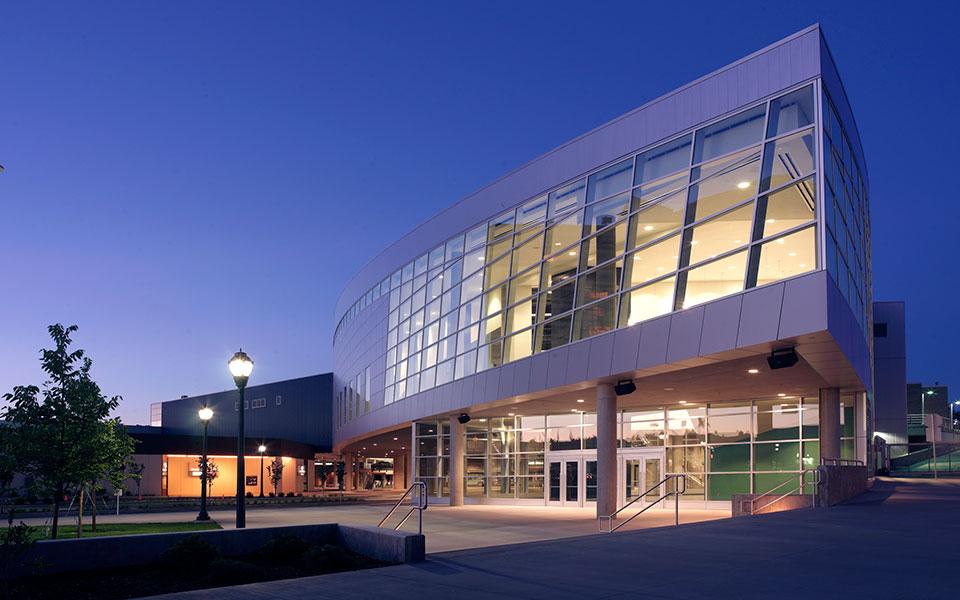SKAGIT VALLEY, Wash.—In Washington state, one of the greatest natural wonders is the annual return and departure of migratory birds.
However, the birds’ yearly departure in spring not only brings bird watchers (also known as birders) but also creates issues for local farmers and the natural environment.




